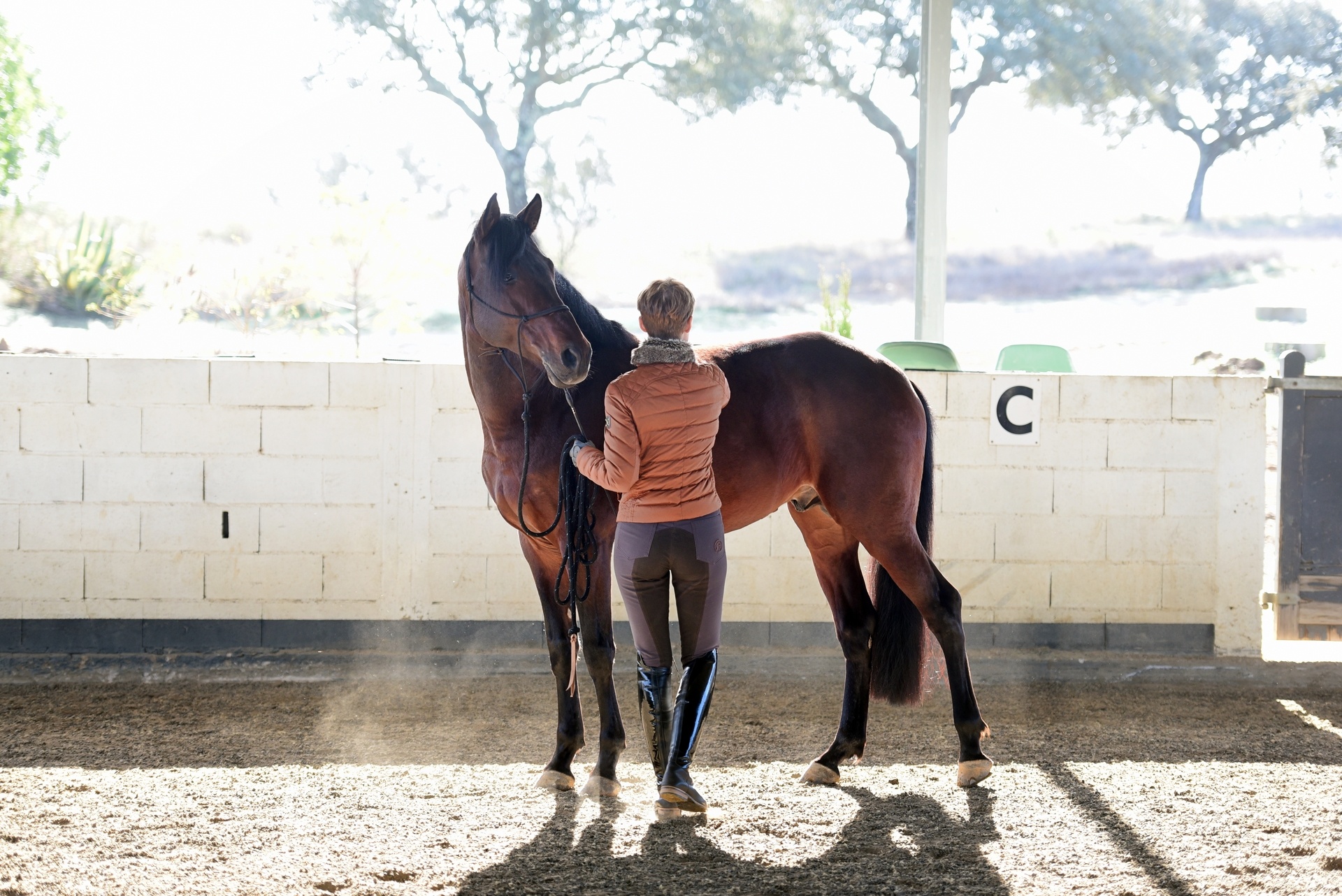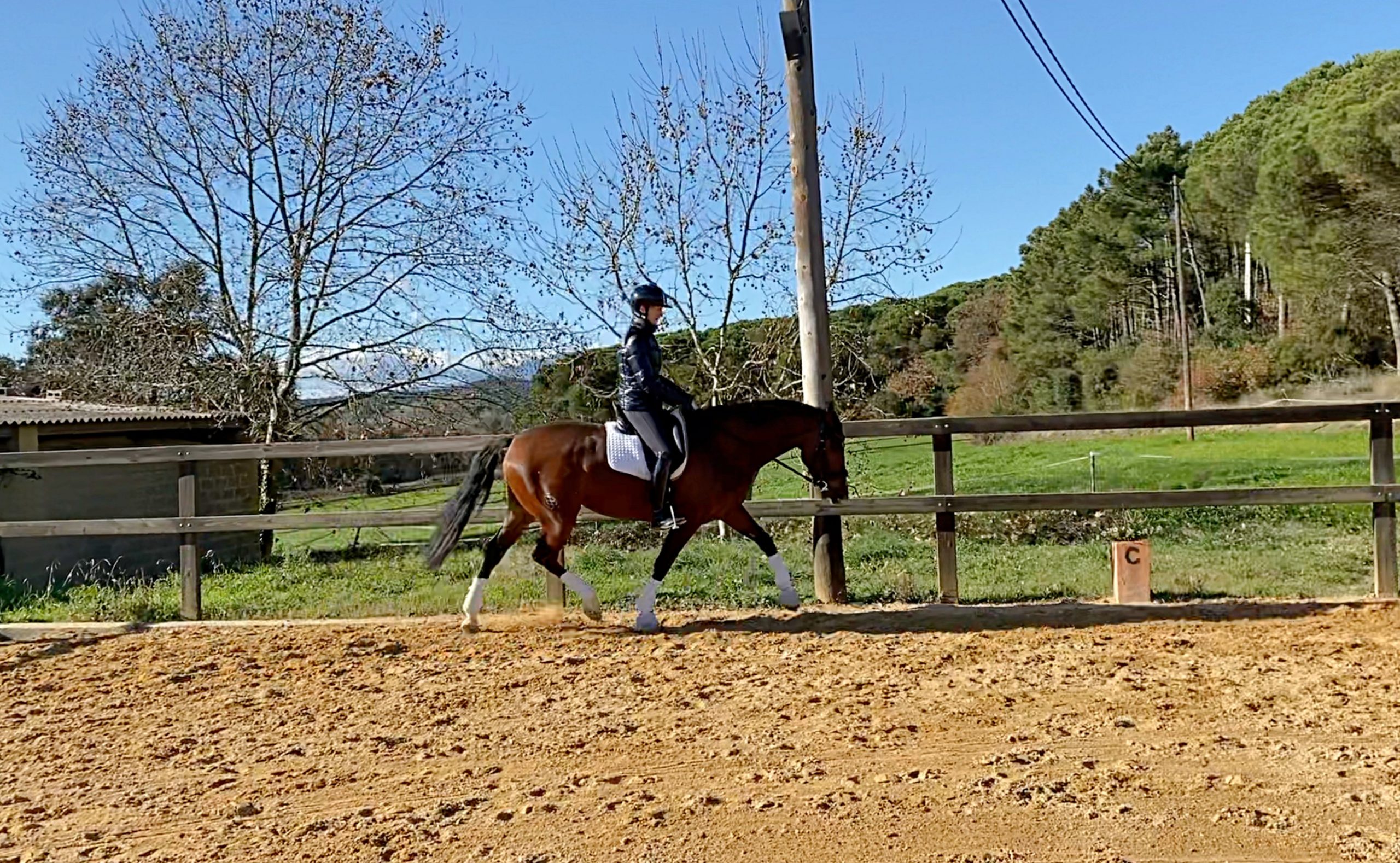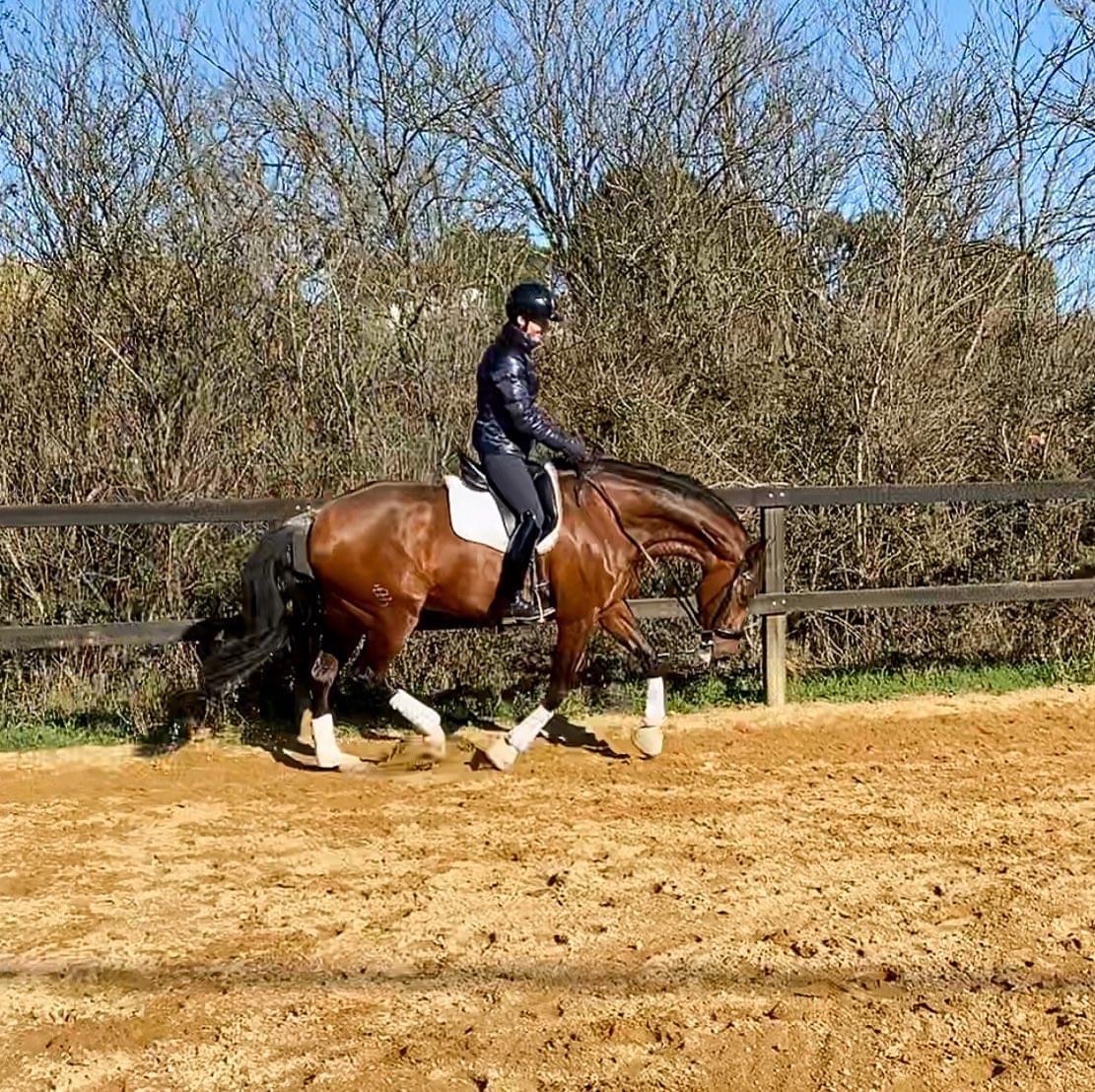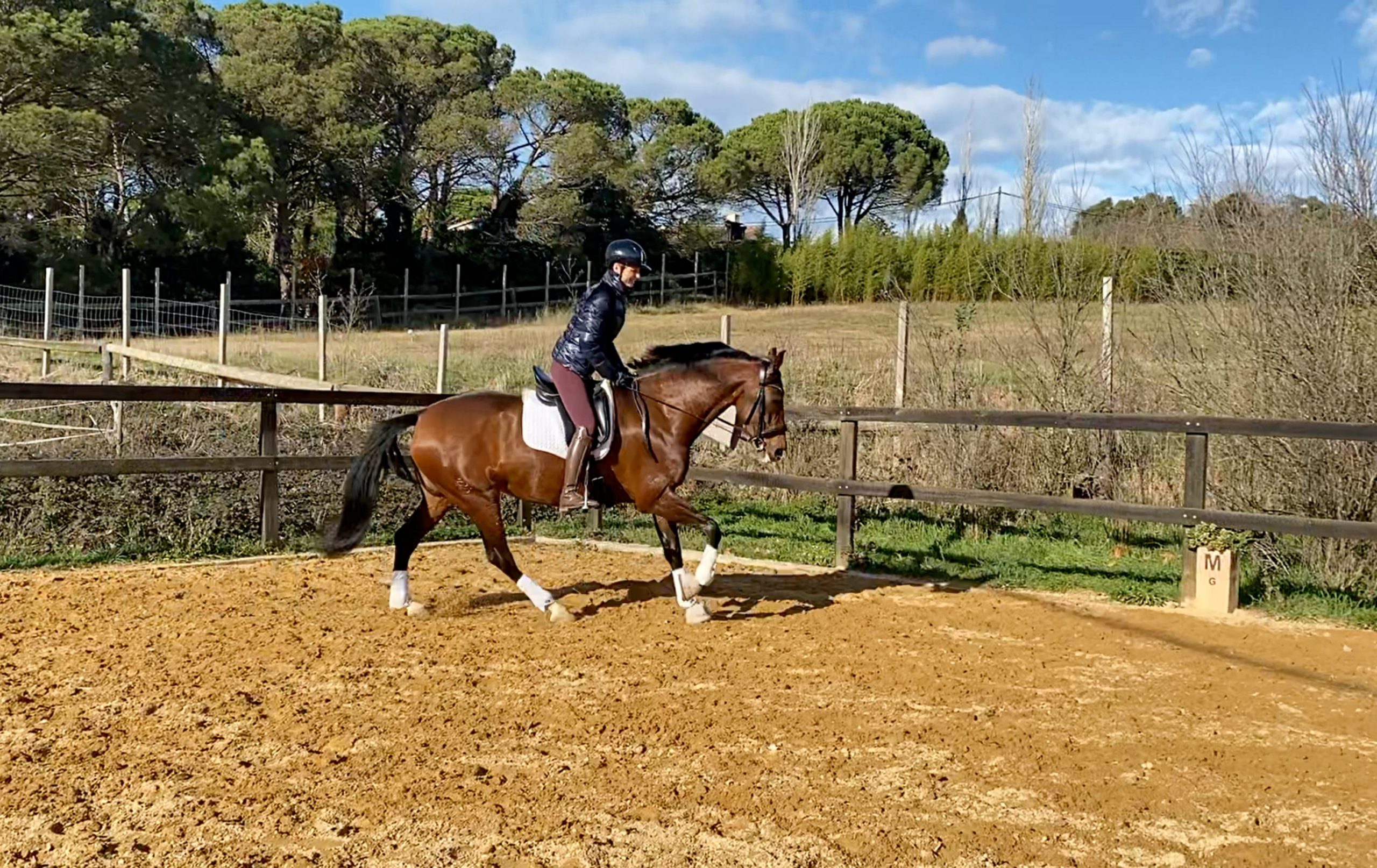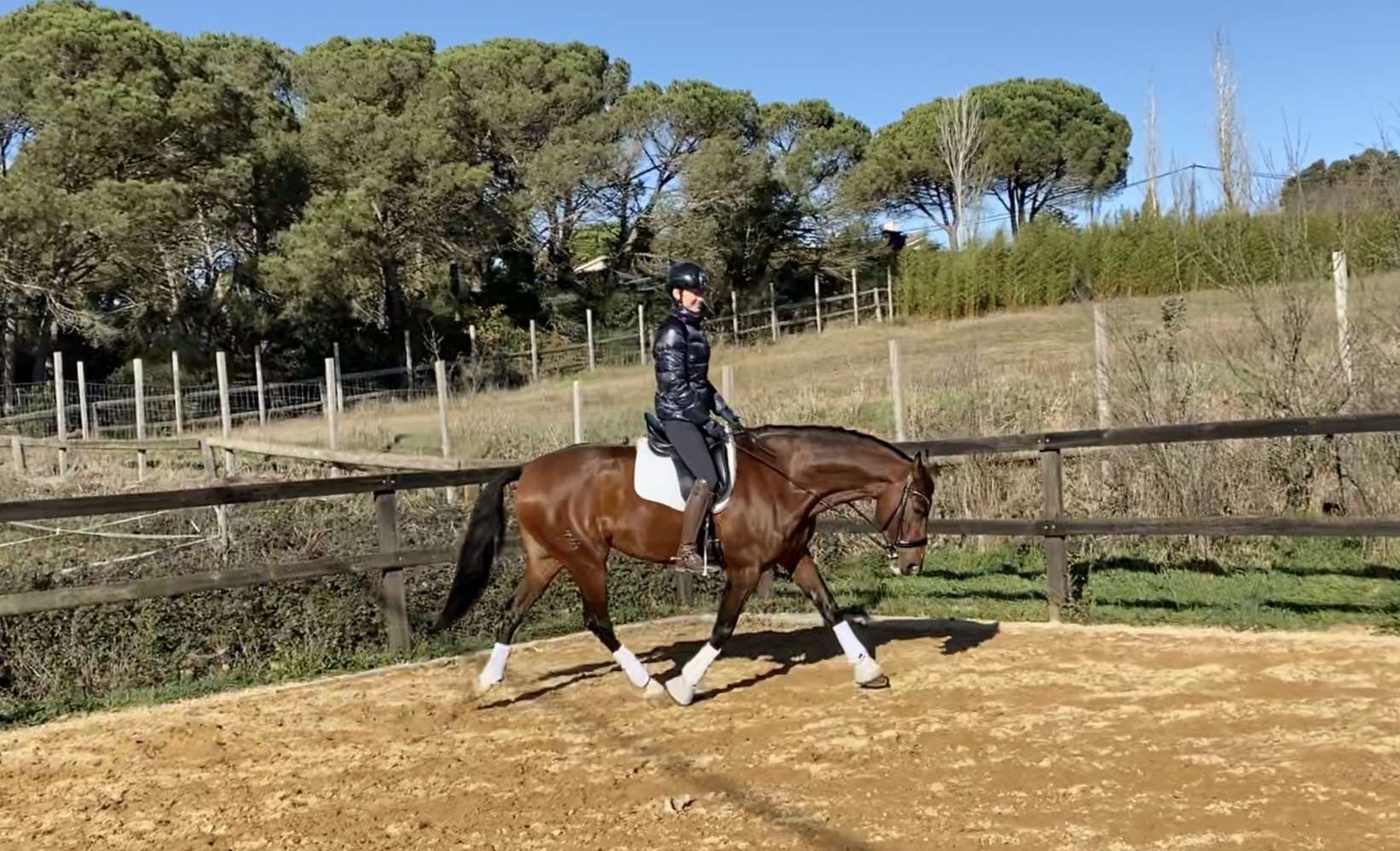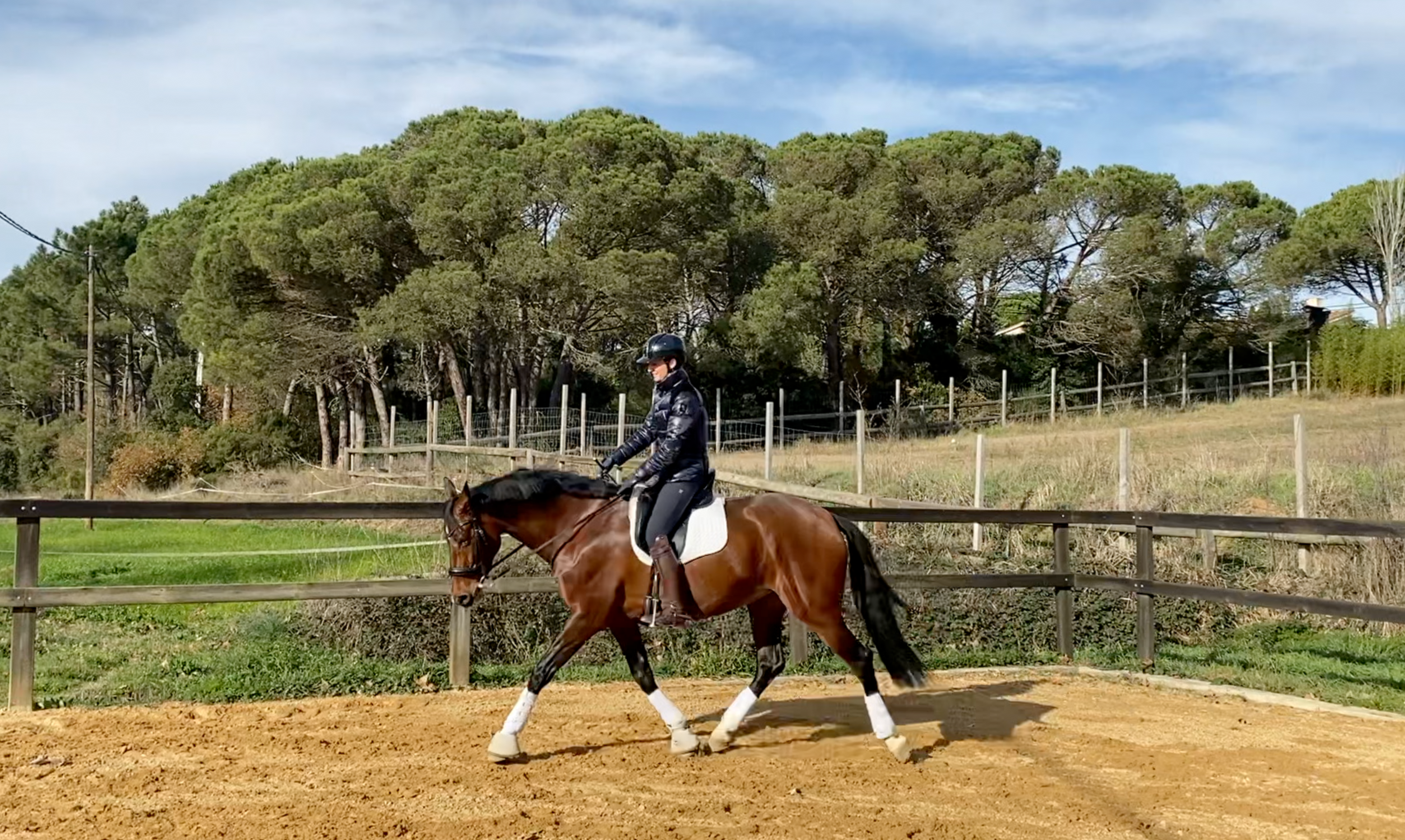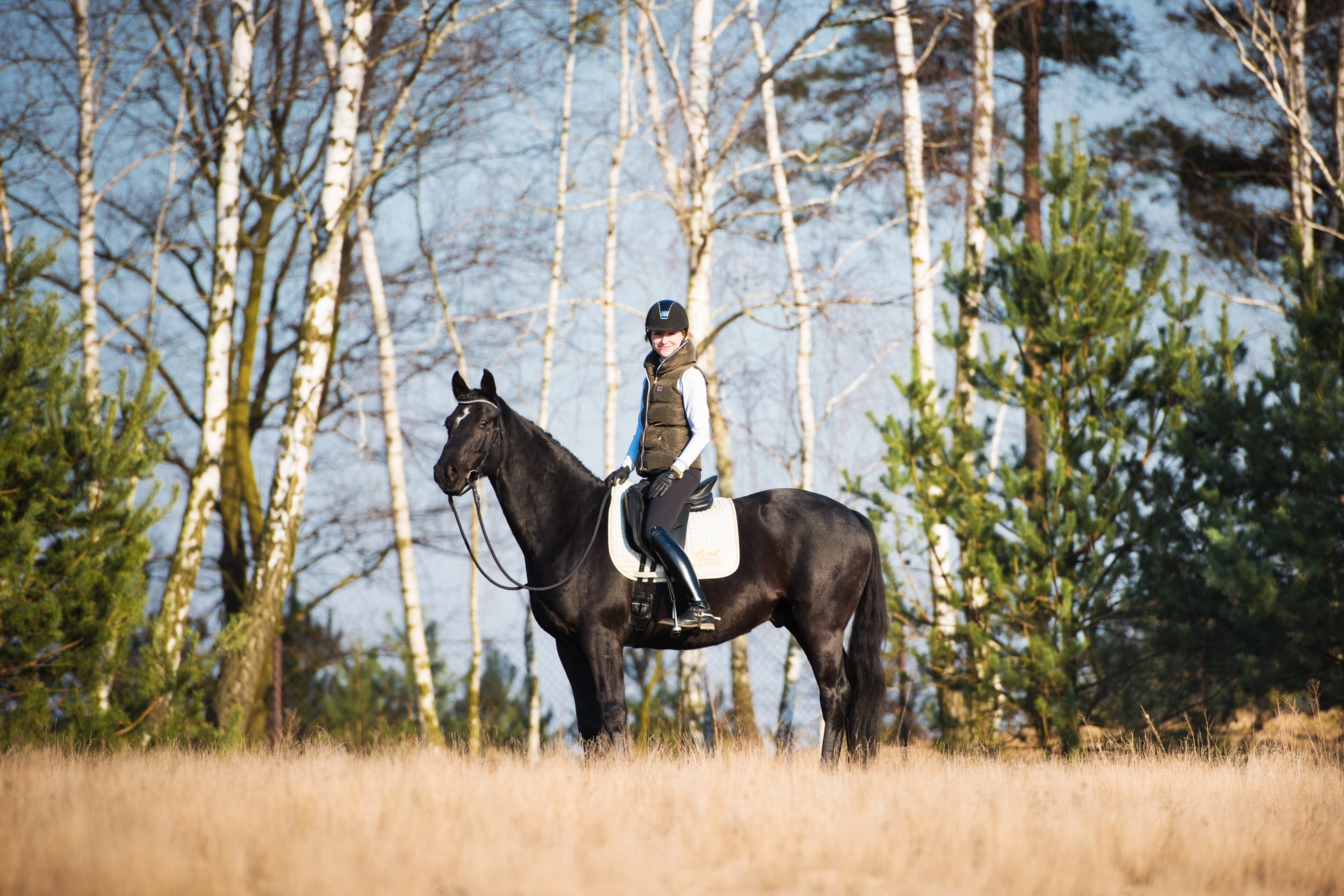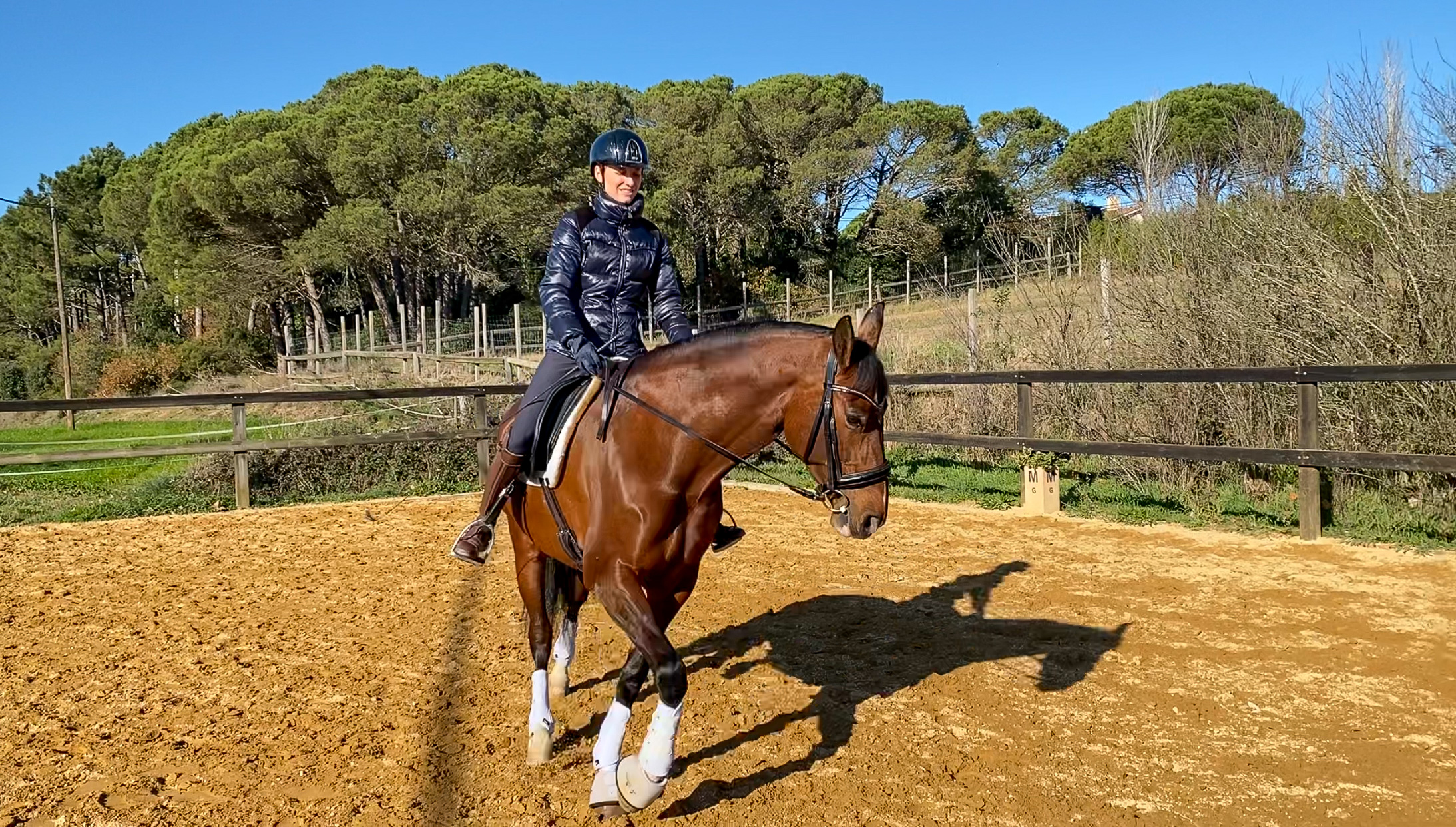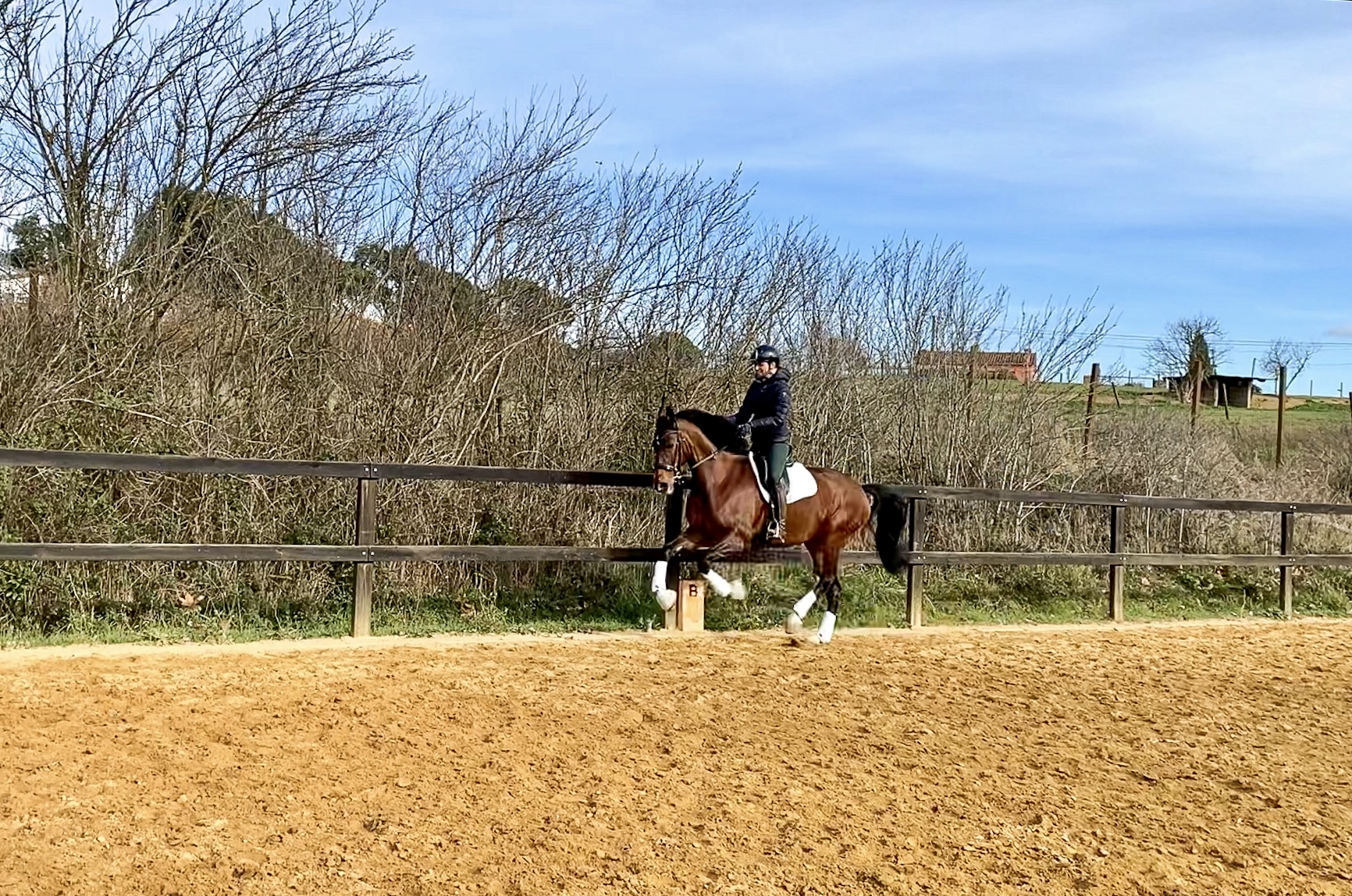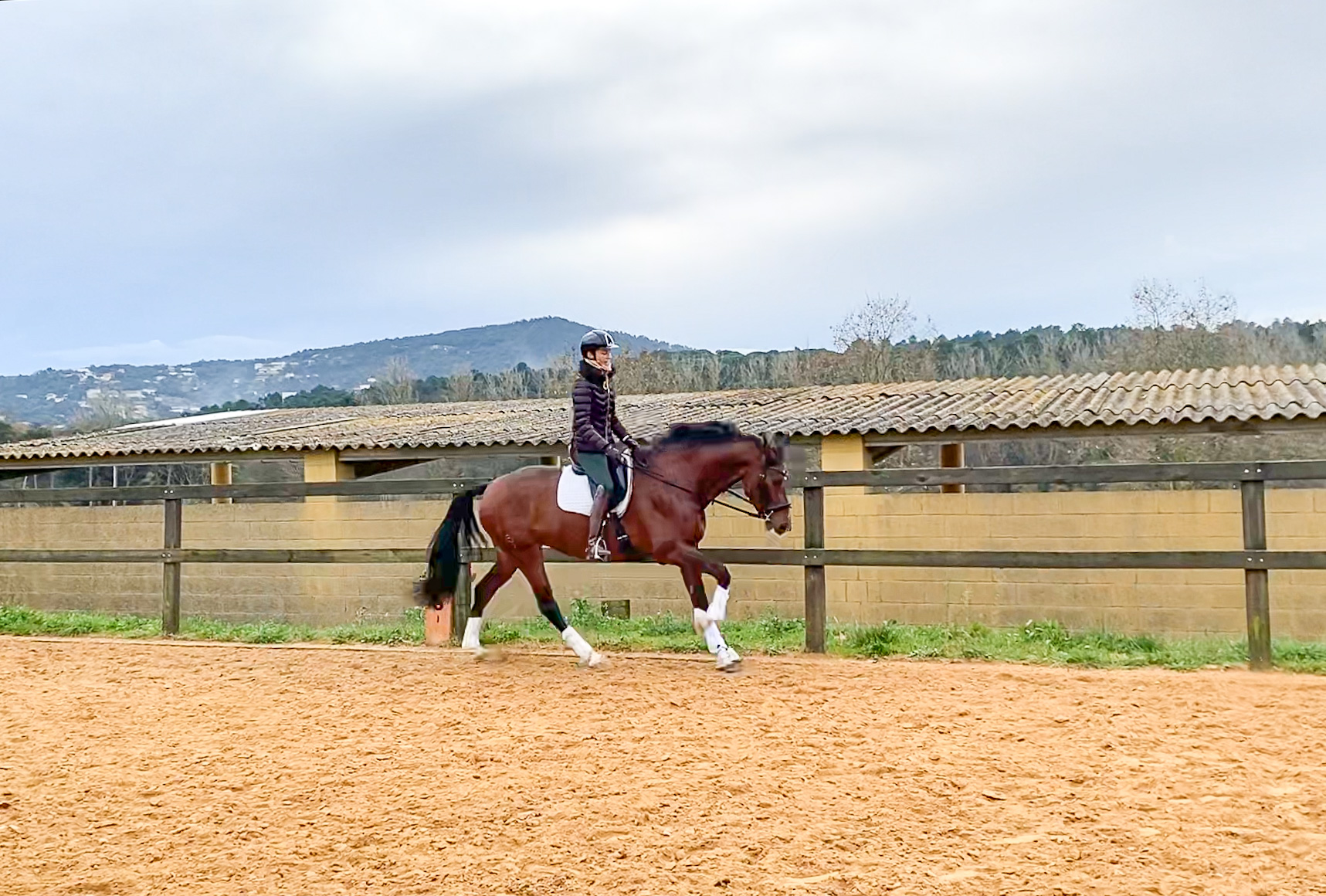Influence People are ruled by their thoughts. This is a very well-known, common fact. However, the truth is even more terrifying than the initial statement: People are ruled by thoughts that not even belong to them! People decide upon their marriage, career, horse training, hobbies, activities and even things they eat or drink based on
Third Webinar: Audio Recording Link
To access this post, you must purchase NEXT LEVEL Riding Course: From GOOD to AWESOME.
https://vimeo.com/492410165/4a55006904
To access this post, you must purchase NEXT LEVEL Riding Course: From GOOD to AWESOME.
https://vimeo.com/489140643/d3f5781387
To access this post, you must purchase NEXT LEVEL Riding Course: From GOOD to AWESOME.
Second Webinar: Audio Recording Link
To access this post, you must purchase NEXT LEVEL Riding Course: From GOOD to AWESOME.
Order In every situation, someone needs to bring order and a structure for it to become complete. Especially in the moments of stress for herd animals, it’s essential that someone is bringing an order. It can be you, or it can be your horse. If you are not providing an order, your horse assumes that
To access this post, you must purchase NEXT LEVEL COURSE: Setting Boundaries.
